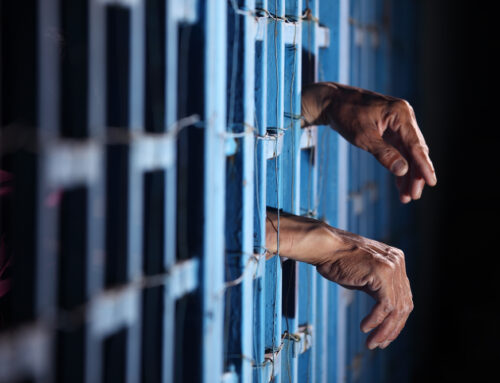High profile cases¹ of domestic violence have led the charge on Queensland’s tough laws which are continuing to tighten. On the surface relationships may seem rosy but behind closed doors it can be quite the opposite.
Back in 2005 the Australian Bureau of Statistics reported that physical assaults against women most commonly occur in the home, that family members or friends were the most likely perpetrators of physical assaults on women, and that, of those women who were physically assaulted, 46% (780,500) were assaulted by a current or previous partner.² The position is worse for Indigenous women, who are estimated to be up to 40 times more likely to experience violence in the home than non-Indigenous women.³
The statistics have been alarming and it appears that 17 years later the numbers have not improved which has led to a tough crack down on domestic violence. In 2012 Queensland established the Domestic and Family Violence Protection Act 2012 and since then several amendments have been made adding new laws and tightening the stance on those who commit domestic violence. In 2015 several recommendations were made to the Queensland government by a special taskforce dedicated to preventing violence within the family. The Queensland government has been implementing these recommendations and continues to enact laws that will hopefully deter people from committing domestic violence offences as they are now well and truly considered criminal acts.
The offence of choking, suffocating or strangling a person without their consent is now well established in our Queensland Criminal Code (section 315A). Police and private applications for Domestic Violence Protection orders are flooding our courts. Penalties for breaching these protection orders have in some instances doubled and if an order is breached an offender will find themselves charged and dealing with the matter in criminal court. Despite the continued crack down on domestic violence we are still hearing horrific cases such as the murder of a Queensland mother, Hannah Clarke and her three children. The focus is now on “coercive control” which has been identified as one of the most dominant contributing factors leading to domestic violence and should be treated as a criminal act in itself. Come the end of 2023 coercive control will be a criminal offence and will find itself in the Queensland Criminal Code.
So what exactly is coercive control?
Coercive control comes in many forms – it could be threatening or intimidating a victim, controlling the household finances, preventing a victim from seeing their family or friends, depriving a victim of basic needs, monitoring/surveilling, or even emotional or psychological abuse.
The offence of coercive control appears to fall under a broad definition and it will be interesting to see how the police, prosecutors and courts manage the inevitable influx of coercive control cases. The general public will need further and continuing education on domestic violence as one may not realise they are already committing these acts and could find themselves criminally charged and facing a jail sentence of up to 14 years imprisonment.
1 Inquest into the death of Hannah Ashlie Clarke, Aaliyah Anne Baxter, Laianah Grace Baxter, Trey Rowan Charles Baxter, and Rowan Charles Baxter
2 Australian Bureau of Statistics, Personal Safety Survey: Australia (2005, reissued 21 August 2006).
3 J Mouzos and T Makkai, Women’s Experiences of Male Violence Findings from the Australian Component of the International Violence Against Women Survey (IVAWS), (Australian Institute of Criminology, Research and Public Policy Series No. 56, 2004).






